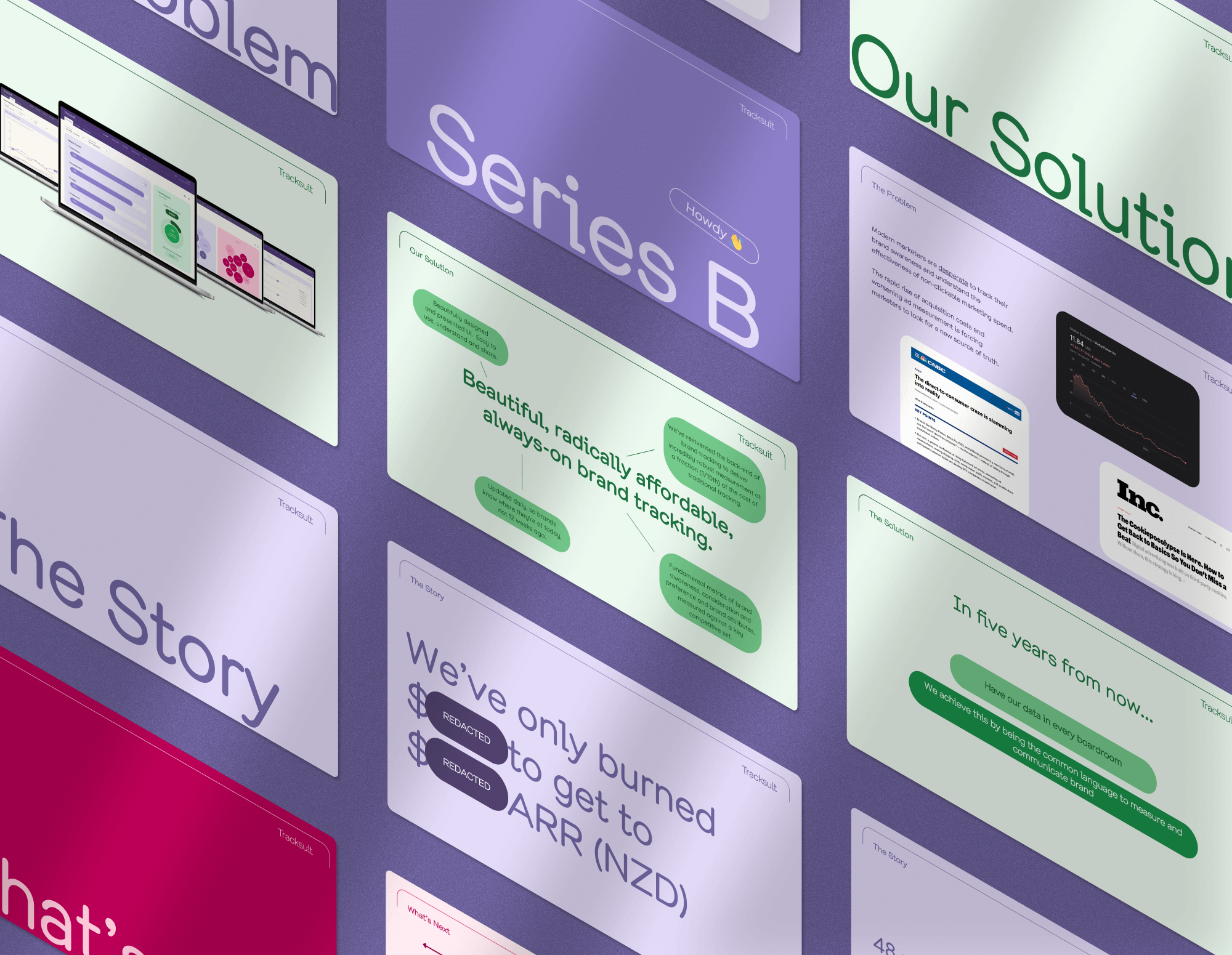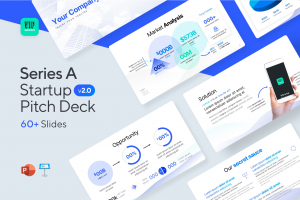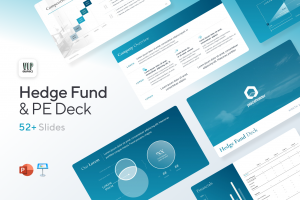Founded in 2021 by Archbold and Matthew Herbert, Tracksuit is transforming the way brands track, measure, and grow by offering an innovative platform that democratises brand tracking and makes it accessible for all companies, big and small.
“Historically, brand tracking has been expensive, outdated, and inaccessible,” said Connor Archbold, Co-Founder and CEO of Tracksuit. “We built Tracksuit to change that, giving teams a simple, affordable, and always-on way to measure brand performance.
Tracksuit stands out for its simplicity and accessibility, translating complex research data into actionable insights, making it simple for any stakeholder — from marketers to finance teams — to engage with brand metrics.
The platform started when it convinced 11 corporate customers to come on board for $10,000 each before a single line of code had been written.
“We didn’t understand why it wasn’t available to anyone who couldn’t afford a $150k consulting package from one of the big market-research incumbents,” recalls Archbold. “We believed that brands would want it … and we believed it was a business model that could scale, but really it was just a hypothesis.”
Tracksuit has since grown to serve 1000 brands, including Athletic Brewing Company, Opendoor, Turo, Steve Madden, and The RealReal, enabling them to track critical brand health metrics like awareness, consideration, usage, preference, and perceptions across major global markets.
“Anyone can jump into Tracksuit, understand the data, and understand how to interact with brand measurement,” says Archbold. “We want to change the conversation and build a common language for people to be able to measure and communicate the impact of their brand.”
In 2024, the company made almost $14 million in annual recurring revenue from its main markets in Australia and New Zealand, with another $2 million coming from its nascent US and UK forays.
Now the company has secured a $25 million Series B funding round led by VMG Partners, with additional support from existing investors Altos Ventures, Footwork, Blackbird, and Icehouse Ventures.
Tracksuit’s team has more than doubled since its Series A and now sits at 150 employees across New York, London, Sydney, and Auckland. It plans to hire 50 more over the next year and continue expanding into Europe and Asia. The Series B funding will also support several new product launches aimed at deepening the platform’s capabilities and further embedding brand tracking into day-to-day marketing decisions.
Check out the 30-slide pitch deck Tracksuit used to secure the $25 million Series B.
What were the slides in the Tracksuit pitch deck?
Browse the exact example slides from the pitch deck that Tracksuit used to raise a $25M round led by VMG Partners.
1. Team Slide
The purpose of a pitch deck is to narrate a clear and compelling story as to why investors should take a chance on your business. Nowhere is that more important than when you talk about your team. Investors don’t just fund ideas; they back people who can actually execute.
As such, it is worth putting in the time to craft a story around your team that goes beyond the basics. We see a lot of pitch decks that list past accomplishments. Although these credentials are essential, investors are looking for a narrative that ties the team’s background to the startup’s mission and vision. The best team slides don’t just state facts. They paint a picture of why this group is best equipped to raise money and solve the problem.
Tracksuit pitch deck’s team slide runs with the narrative of humanising the company by showcasing the people, how they work, and what they’ve learned. It aims to express the execution ability of the team and their resilience when facing challenges. However, a very careful approach is required with this narrative as investors aren’t interested in long paragraphs of text of how good the team is. They want to see proof of professional achievements that explains why the team is uniquely positioned to tackle the problem.
The slide’s design also leaves room for improvement as it is struggling with hierarchy, density, and consistency. The title font is relatively small and the twelve-item bullet list is long and visually boring. Additionally, the various image cards are using weird crops and alignment drift, making the left side feel heavier than the right. Overall, the slide tries a different approach to what we usually see, and isn’t as effective as it could’ve been.

2. Competition Slide
“Who are your startup competitors?” is the question founders are sure to hear in their fundraising journey. But before this question can be answered, a better question to ask first is: “What are my competitors?”. This question can help founders move beyond the surface-level “who” to a deeper understanding of competition. Most founders think their competitors are the companies that provide the same products or services as they do. While partially correct, it’s also an oversimplification.
Here’s a better way to define your competition: Any company or individual who has the means, resources, and ability to make a prospective customer spend their money on them instead of you.
In Tracksuit’s case, these companies include traditional market research companies, independent research consultants, and new data and tech businesses. The competition slide not only covers at what level these businesses operate in the market, but more importantly, how Tracksuit is positioned to compete with them and win. This points towards the founders’ strong understanding of the competitive environment, which is exactly the kind of awareness and clarity investors look for.
On the design side, the grid structure works well — it makes the slide easy to scan and compare various types of competitors at a glance. The whitespace prevents crowding and guides the eye, and the symmetry gives a nice sense of balance. However, there is a lot of text to go through, making it more difficult to identify the key takeaways. The slide could also benefit from some competitor names and metrics, such as price bands, sample size coverage, time-to-insight, etc.
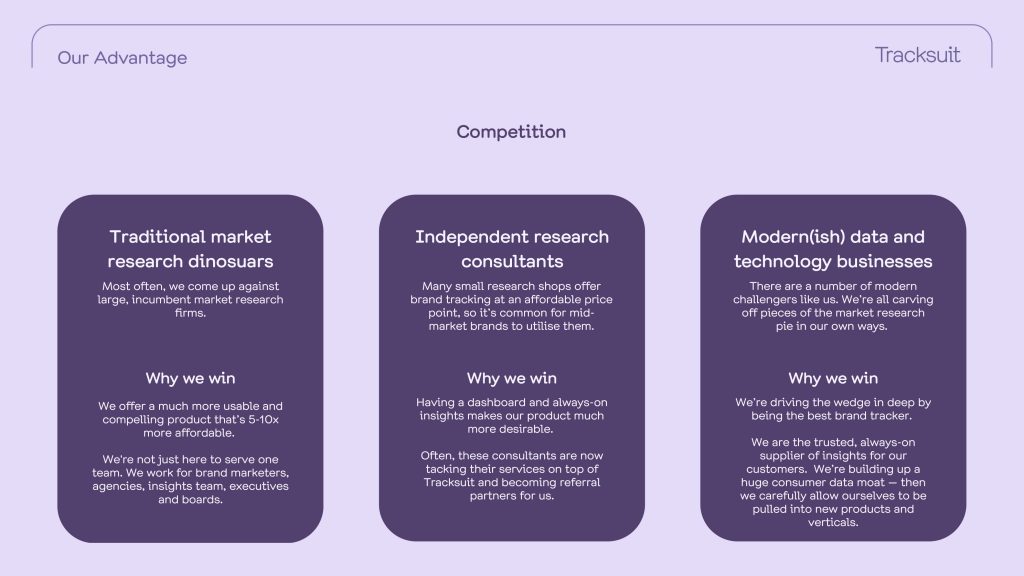
3. Use of Funds Slide
The Use of Funds slide answers a question that investors deeply care about: how will the funding be used to drive growth and value creation? Some founders make the mistake of presenting this slide in vague terms, such as 40% on sales, 30% on marketing, 20% on product, and 10% on overhead of the total funding amount.
The point of this slide isn’t just to show line items, it’s to build conviction, tell a story, and map every dollar to real outcomes; ultimately demonstrating that the team has thought carefully about how to turn capital into growth.
Tracksuit’s slide does a solid job here. It breaks down spending into clear categories while also explaining how each one supports growth. The split of 80% vs. 20% is especially effective—this is usually hard to get across on a roadmap slide, but here it’s visual and easy to follow. The design itself is approachable, consistent with the brand’s playful, modern style, and well-balanced in terms of clarity and flow. In a single glance, it gives investors both the detail and the reassurance they need.
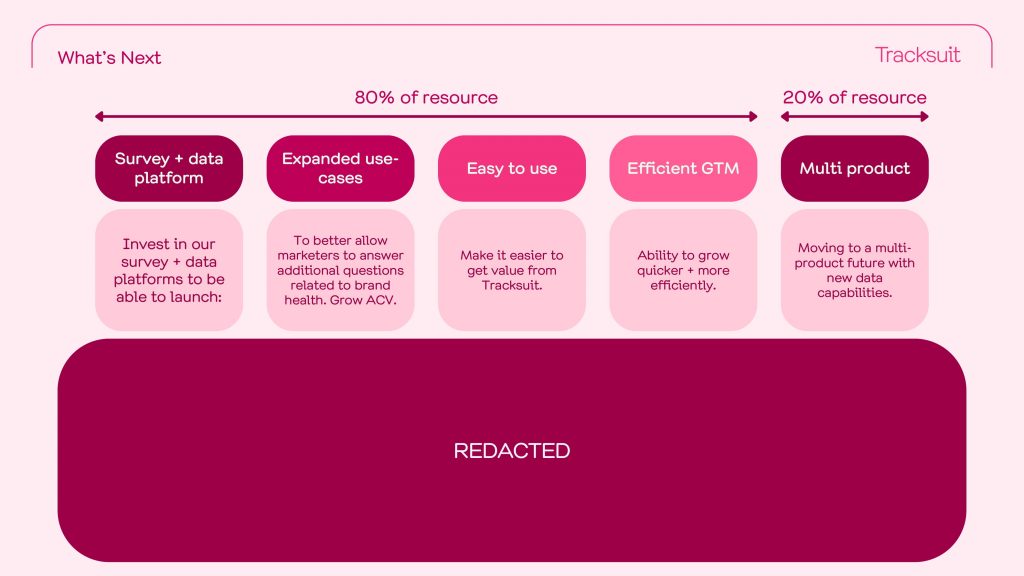
How-to create your own pitch deck like Tracksuit
We hope you learned something from the Tracksuit pitch deck, and that you are able to use these insights for your own business. If you’d like to, you can bookmark it at bestpitchdeck.com/Tracksuit.
Although it probably goes without saying that having a successful business (outside just their pitch deck) was integral to their success, the perfect pitch deck is critical for any startup to ensure your vision is portrayed properly. That’s where crafting the perfect pitch deck becomes essential:
You might find our other resources on how-to create a pitch deck helpful, or benefit from using one of our expert-designed templates:
Our team has helped create decks that have closed over $100M+ in deals & funding for leading startups and even VC firms. You can leverage this experience and get a jumpstart on your pitch with one of our easy-to-use presentation templates, one-pagers, or financial models.
Creating a deck? Check out our pitch deck templates.
Every pitch requires a unique approach tailored to its audience. Our team of experts has created pitch decks for different industries, as well as funding stages:
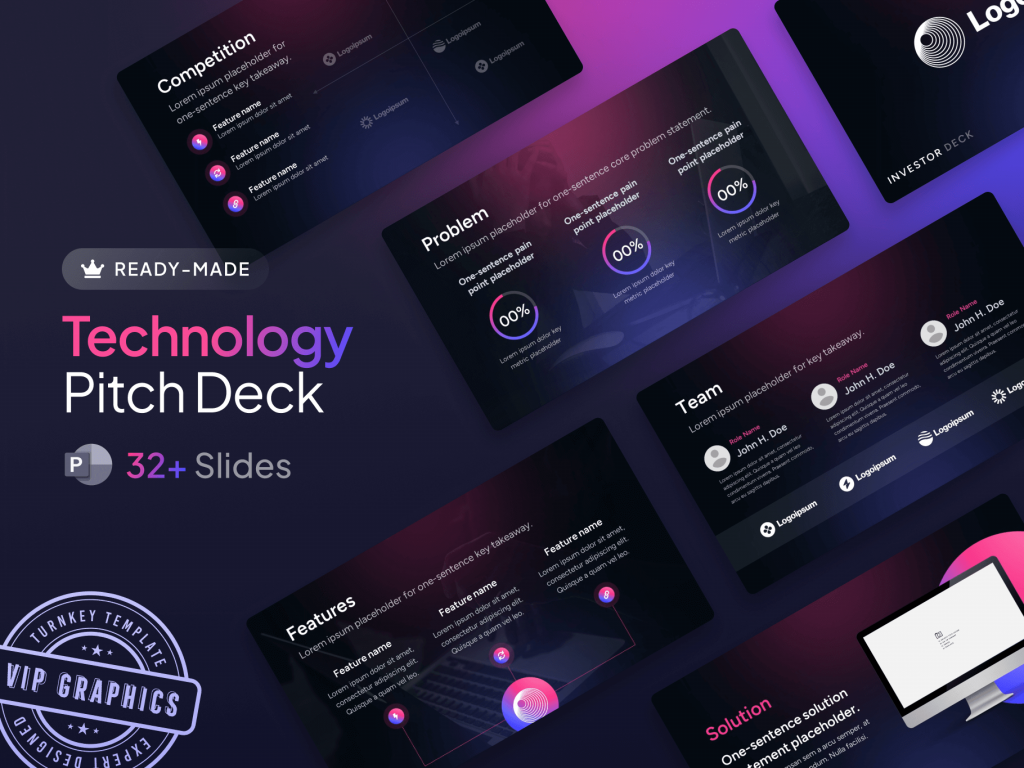
You might be interested in the popular Tech Startup Pitch Deck Template designed by our team of experts at VIP.graphics. This investor presentation template is built specifically for tech startups seeking to raise Seed funding.
Accelerator Pitch Deck Template — The Accelerator Pitch Deck template was crafted for early-stage founders seeking to win funding &/or investment from pitch contests, accelerators, incubators, and angels or VC firms. Winning a pitch contest or being accepted to a prominent accelerator program requires a unique strategic approach to an investor pitch presentation.
Series A Pitch Deck Template — A pitch deck template for startups and founders raising funding: Smart, actionable slides that work. This is a pitch deck template built specifically for startups, entrepreneurs and founders raising their first seed or Series A round of institutional capital.
Mergers & Acquisitions Pitch Deck Template — Perfect Pitch Deck™ is a template crafted for later-stage businesses entering more sophisticated discussions such as mergers & acquisitions (M&A), late-stage investment (Series C+), or other partnerships & financing opportunities. Our team of experts created this presentation to empower founders to present with confidence to investment banks, private equity (PE) groups, and/or hedge funds (and vice versa).
Alternatively, feel free to browse our growing selection of pitch decks tailored for specific industries and businesses.
